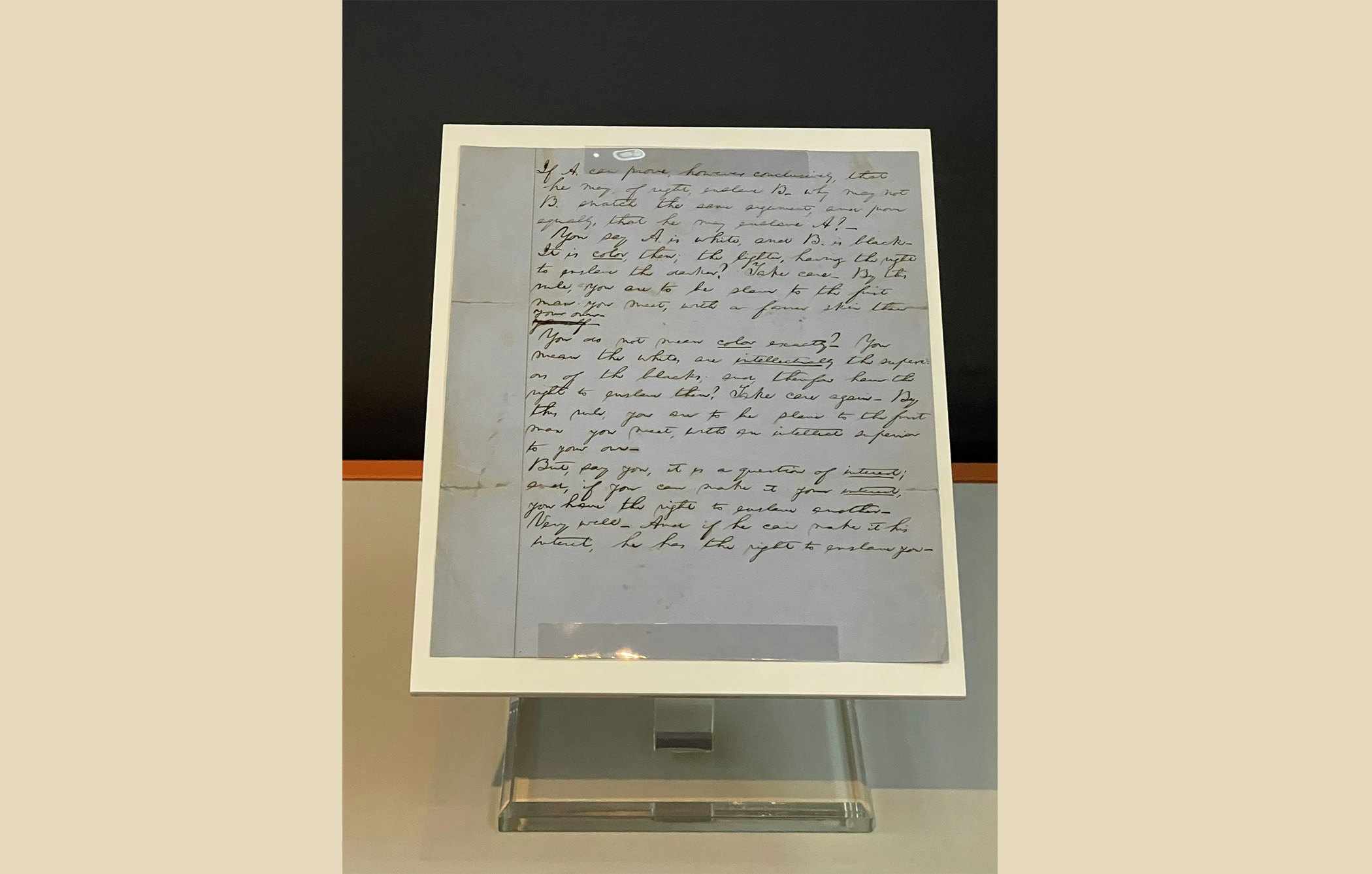My family and I follow the weather closely. We even frequently tune into the Weather Channel. But I never dreamed the cable outlet would become today’s Walter Cronkite. Alas, it is so.
A new YouGov survey ranked the Weather Channel as America’s most trusted news source, ahead of several traditional news operations such as PBS and the Wall Street Journal.
This survey tracks a recent AP/NORC poll that shows 45% of Americans have little to no faith in media organizations to report on events fairly and accurately. Equally troubling, almost 75% of respondents believe the media increases polarization. And the Pew Research Center reported last October that trust in local news sources, which Americans long have considered the most reliable, were at their lowest point in recent years. In 2017 and 2019, for example, 85% of Americans had some or a lot of trust in local news reporting. In 2022, that figure was down to 71%.
These recent surveys point to a challenge for our democracy: How can Americans’ trust in traditional news operations be rebuilt or solidified? Believing in the accuracy of the information we receive from news sources is fundamental to strengthening America’s democracy. Without reliable flows of information, we cannot begin addressing the Nation’s problems.
Fortunately, we have an opening in the trust that does remain in local news operations. In fact, there are encouraging community trends that can be built upon.
The Poynter Institute’s Tom Jones noted after this month’s announcement of the 2023 Pulitzer Prizes that five winners had local reporting angles.
One Alabama newsroom, AL.com, even captured two Pulitzers. The digital site won the Pulitzer Prize for local reporting for a series that showed how a local police department collected $610,000 in traffic fines in a 1,200-person town. The ballooning of local coffers through excessive ticketing led to the sheriff’s resignation. A columnist for the site also won the Pulitzer Prize for commentaries on the lingering influence of Alabama’s Confederate past.
Mississippi Today was also honored for local reporting on how the state’s former governor steered welfare dollars to family and friends, including former NFL quarterback Brett Favre. The Los Angeles Times won for breaking news reporting for informing readers that secret recordings among L.A. officials contained racist remarks, resulting in City Council shakeups. And the Pulitzer committee recognized the Miami Herald’s editorial page with the prize for editorial writing for holding local officials accountable for failing to deliver promised city improvements.
Of course, many good examples of independent journalism never win major prizes. That doesn’t make their work any less consequential. They still ensure taxpayer dollars are appropriately spent, officials don’t get away with corruption, and neglected parts of town receive adequate investments in schools, roads, and health clinics. As Jones wrote, “Even during a time of massive layoffs and decreasing resources, local news continues to provide an invaluable service daily across the Nation.”
Another encouraging trend is an effort to identify solutions for problems that plague communities. The Solutions Journalism Network, for example, invests in initiatives that help spotlight answers. One investment, the Local Media Project, has funded collaborative journalism in 15 communities.
In Philadelphia, for instance, more than 20 newsrooms collaborate in identifying ways to improve economic mobility in the city. In Dallas, six news organizations, three universities, and two nonprofits are focusing together on remedies for a lack of affordable housing. (Acknowledgement: A writers’ workshop for homeless residents that I work with as a volunteer has had several clients publish pieces on the Dallas Media Collaborative site.) And in Sacramento, a consortium of newsrooms, universities, and community partners is addressing economic development and environmental issues.
By all means, journalists must identify local problems. But taking the next step and focusing on solutions can help communities resolve their challenges.
Another encouraging sign is the nationwide renaissance occurring as investors and philanthropists launch digital news sites where traditional media organizations previously served communities or are no longer serving them in an in-depth way. Reporting sites provide citizens new sources of information in cities like Chicago, Baltimore, Denver, Newark, and El Paso.
These primarily nonprofit operations are too few to replace the more than 25% of U.S. newspapers that have shuttered since 2005 and the national digital sites like Vice that have succumbed to financial pressures.
Still, the Pew Research Center reported last year that Americans evaluate the news media differently when they have a personal connection with journalists and news organizations. As Pew found, those connections increase when Americans see journalists embedded in their communities. Pew reports that readers and viewers are more likely to speak with a local reporter or see themselves and their communities reflected in the reporting.
For these reasons, strong local journalism is a good place to start restoring trust in the media. In the end, that strengthens trust in our democracy.





























